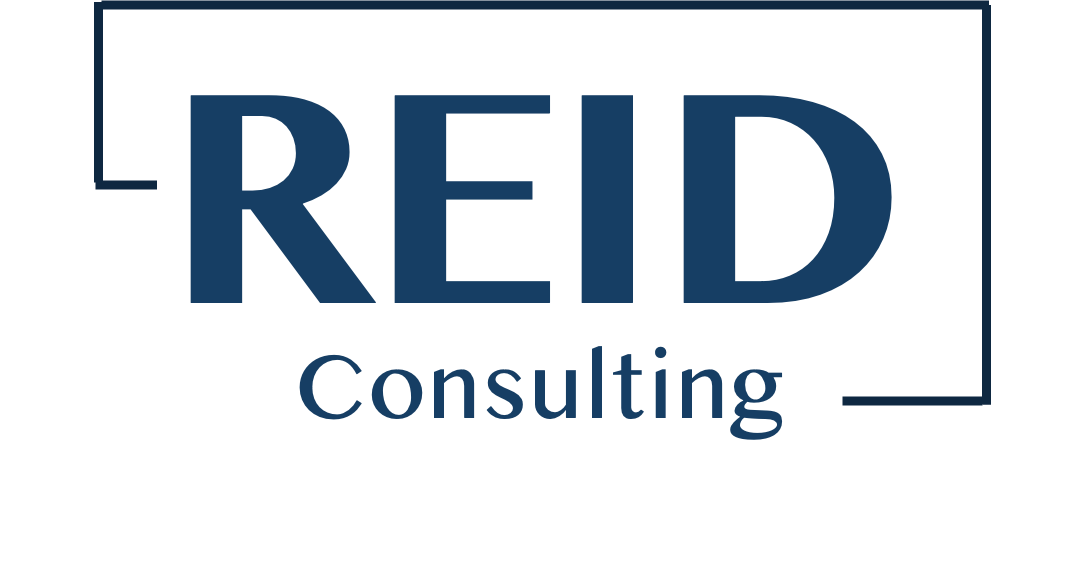Beyond the Walkthrough: How Targeted Site Visits Drive Progress, Quality, and Safety
In the construction industry, a project manager’s presence on site is far more than a symbolic show of oversight. Targeted site visits are a critical part of proactive project management, enabling the PM to validate progress, ensure quality compliance, and safeguard safety standards. These visits are strategic, focused, and data-driven; leveraging both leading and lagging indicators to keep the project on course.
Purpose of Targeted Site Visits
A PM’s schedule is typically packed with planning meetings, stakeholder communications, and problem-solving sessions. However, targeted site visits provide firsthand insight into the actual conditions on the ground, bridging the gap between reported progress and physical reality. Rather than simply “walking the site,” these visits have specific objectives:
Confirm reported progress against the schedule.
Assess workmanship and quality.
Monitor safety practices and compliance.
Identify potential risks before they escalate.
What the PM Looks for On-Site
While the superintendent oversees daily operations, the PM uses site visits to view the project holistically and verify alignment with contractual obligations, schedule, and budget.
Key areas of focus include:
Progress Verification
Comparing completed work against the look-ahead schedule and project milestones.
Checking productivity rates and resource allocation.
Identifying bottlenecks or upcoming constraints (e.g., delayed material deliveries).
Quality Assurance
Inspecting completed and in-progress work for compliance with specifications, drawings, and industry standards.
Reviewing installation methods to prevent defects before they occur.
Ensuring inspections, testing, and documentation are current.
Safety Oversight
Observing work practices for compliance with OSHA and site-specific safety plans.
Verifying that PPE is in use and safety signage, barricades, and controls are in place.
Watching for unsafe behaviors or conditions that may not be visible in reports.
Leading and Lagging Indicators
A skilled PM doesn’t just react to problems, they predict and prevent them. Leading and lagging indicators are the tools that make this possible.
Leading Indicators
Leading indicators are proactive measures that signal potential future outcomes. They focus on processes and behaviors that, if done right, will help avoid delays, defects, or incidents.
Examples for Progress: Percentage of planned work packages ready for execution, materials on site ahead of schedule.
Examples for Quality: Pre-installation meetings held, mock-ups approved, quality checklists completed.
Examples for Safety: Number of safety observations conducted, toolbox talks held, percentage of crew trained for specific hazards.
By monitoring these during site visits, the PM can address issues before they impact the project.
Lagging Indicators
Lagging indicators reflect historical performance of what has already happened.
Examples for Progress: Actual work completed vs. planned (earned value), schedule slippage in days.
Examples for Quality: Comparing actual quality to the agreed standard, failed inspections, and rework costs.
Examples for Safety: Recordable incident rate, lost-time injuries, near-miss reports.
While lagging indicators can’t change the past, they provide valuable lessons for course correction and continuous improvement.
Observation Integration
Following a targeted site visit, a PM should:
Document findings with photos, notes, and measurable data.
Update reports for stakeholders, highlighting both positive trends and risk areas.
Coordinate corrective actions with the site team, assigning responsibilities and deadlines.
Adjust plans based on real-time conditions, whether that means resequencing work, reallocating resources, or intensifying quality checks.
Targeted site visits are one of the most powerful tools in a project manager’s arsenal. By combining on-the-ground observation with the discipline of leading and lagging indicators, a PM can not only validate reported performance but also influence the future trajectory of the project. This proactive approach strengthens schedule reliability, improves build quality, and safeguards the workforce; ensuring the project is delivered successfully.
